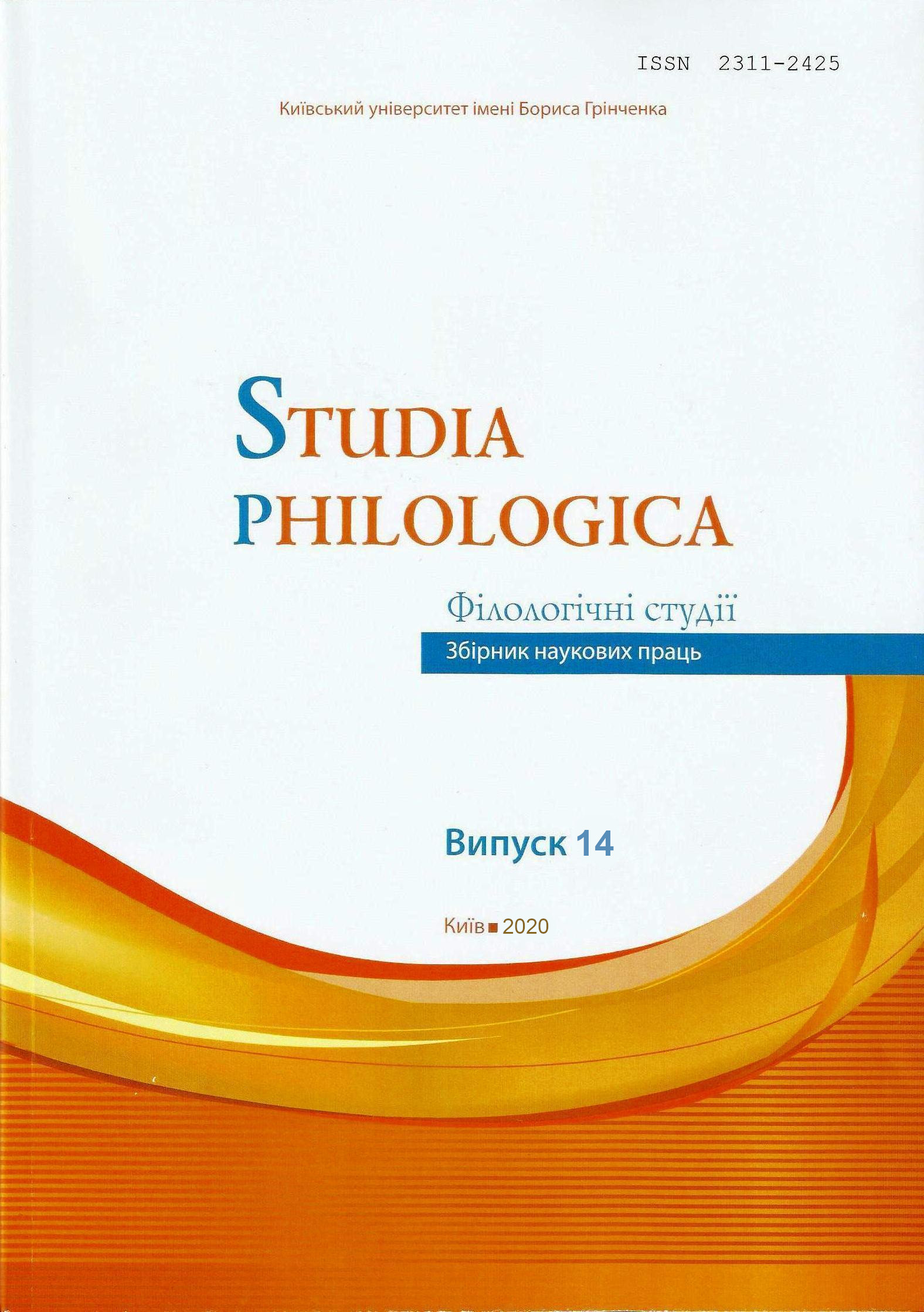Stylistic devices for creating humorous effect: an empirical research (based on Ted Talks case study)
DOI:
https://doi.org/10.28925/2311-2425.2020.149Abstract
The paper focuses on the study of humorous effect in English TED Talks. The methods of stylistic analysis as well as empirical methodology were applied to establish the role of textual linguistic and audio-and-visual presentation in evoking readers and viewers’ reactions.
The stylistic analysis is a preliminary stage to define the pragmatic potential of the TED Talks texts. The most recurrent literary devices used in the talks are pun, irony, oxymoron, epithet, metaphor, parallel constructions, periphrasis, zeugma, chiasmus, etc. It is assumed that the TED Talks texts are saturated with stylistically coloured verbal means, which ensure the self-sustainability of such texts in terms of their influence of the audience.
To verify the hypothesis, an experiment has been conducted, with 40 participants aged 21-37, all students are from the Institute of Philology of Borys Grinchenko Kyiv University. The two groups of participants (text (transcript) / video) answered the same questions aimed at evaluating the TED Talks in terms of being witty, ironic, sarcastic, humorous, as well as in terms of the change in the emotional state of the readers and viewers, and in terms of the emotions (feeling bored, upset, cheerful, laughing, glad, inspired, enthusiastic) the respondents felt after they were shown a video or proposed to read a transcript. The findings demonstrate the degree of differences in responses between the groups (text / video), which speaks for sustainability of textual level of presentation in evoking certain emotions due to specific combination of verbal means and thus support the hypothesis as to high degree of pragmatic potential of TED Talks texts in creating humor effects.


